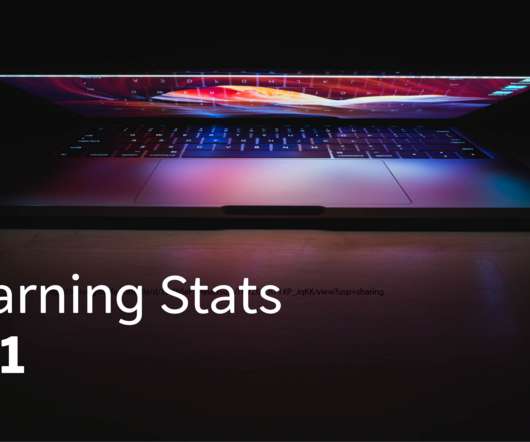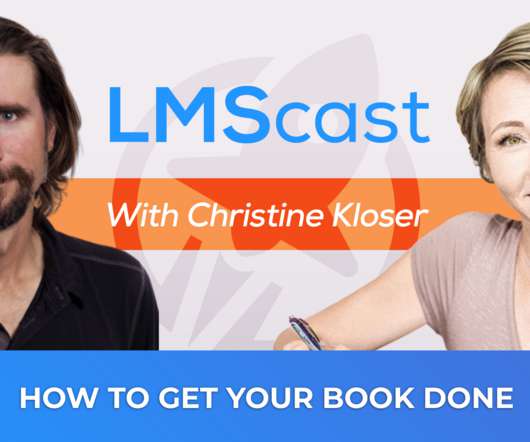How to stimulate engagement in elearning
KnowledgeOne
JUNE 6, 2024
2001, for a demonstration using brain imaging). Give precise, detailed feedback, and correct errors after the exercise so that lessons can be learned. Foster a dynamic mindset among learners by providing consistent feedback, with the idea that everyone is capable of improvement since the brain is endowed with plasticity.

























Let's personalize your content